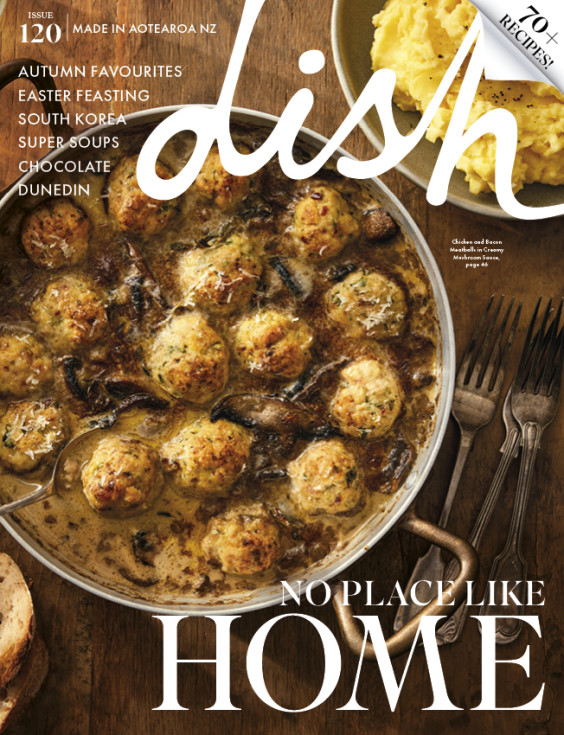Orient Shares the Secrets of Japanese Ceramics
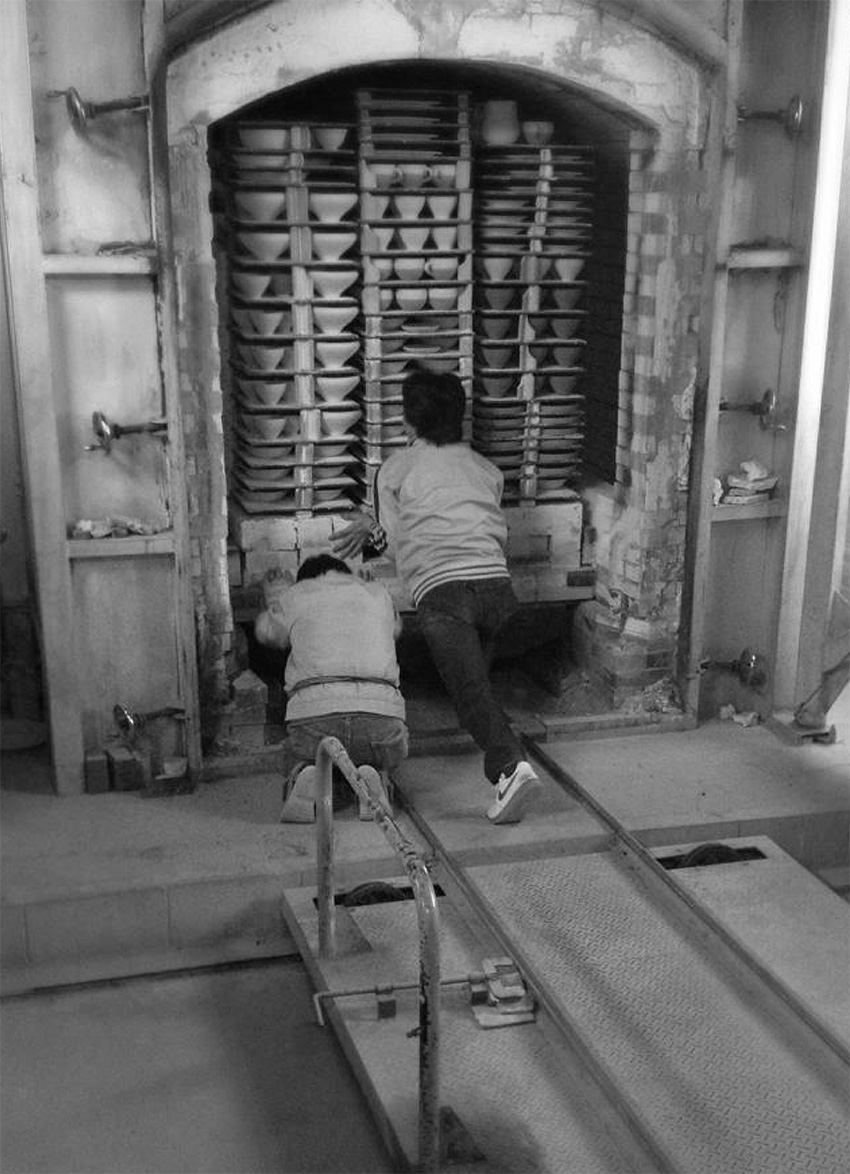
Have you ever wondered how your favourite Japanese ceramics are made?
Orient has become renowned for their stunning range of Japanese ceramics and is the largest importer in New Zealand of the Made in Japan range.
These beautiful ceramics may have featured on the dining table of your favourite restaurant, with many top New Zealand chefs favouring the interesting tonal glazes and uneven textures over the previously popular plain white ceramics. The hand dipped glazes and unique uneven shapes really help to elevate the food on the plate.
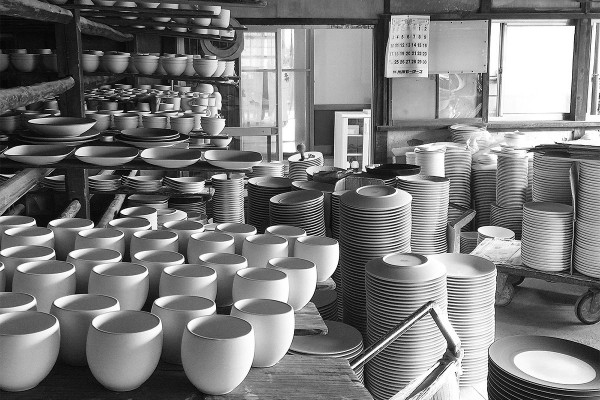
The ceramics are ideal for everyday use at home as well as special occasions and will last a lifetime like most things, if carefully looked after.
You are not just buying a plate but everything that has gone into it. No two pieces are the same, each tells a story about a set of hands that shaped and glazed every bowl and cup to attain perfect imperfection - the Japanese philosophy of ‘Wabi Sabi’.
The base ingredient for Japanese tableware is, of course, clay. Within Gifu Prefecture on the main island of Honshu, lies a huge mineral rich clay basin. Since the 7th century, the craftspeople of this region have been fortunate to be able to access this resource and forge an industry that still thrives to this day.
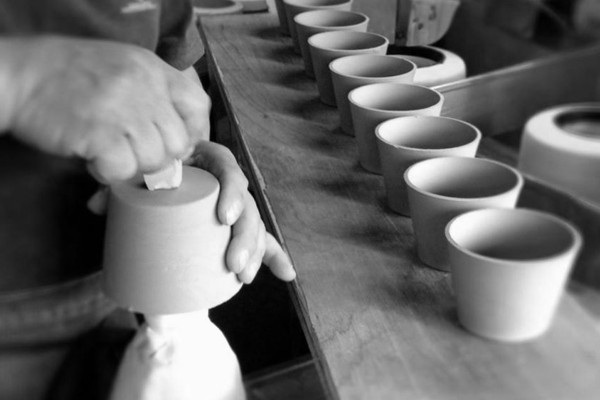
In order to make the clay workable, industrial custom-made machines are used to knead the clay. From there, the clay is used either on the potter’s wheel to form the base shape or injected into plaster moulds - which is necessary to produce shapes such as squares and eclipses. For detailed pieces, such as teapots, separate parts are sculpted by hand. Once the clay bodies are dry enough, an experienced craftsperson inspects the pieces and removes any unwanted imperfections or burrs. If the ceramic requires a motif or pattern, a skilled hand will either paint or carefully apply a transfer-sheet (a thin piece of damp paper with pattern).
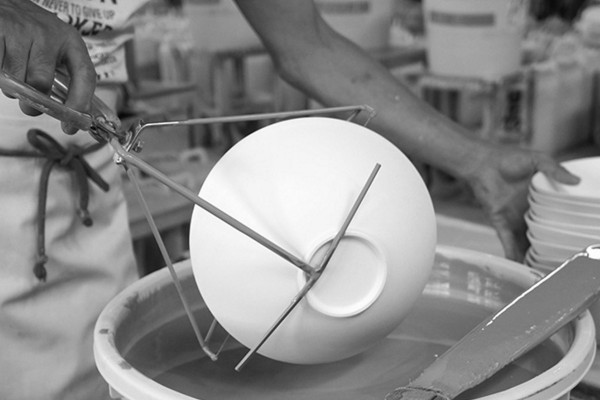
The next step is glazing, using tongs, the clay body is lowered into the designated glaze - ensuring an even coverage. Colour tones are created with various powder- dyes, developed and refined through past experimentation. Specific kilns are often renowned for their skill in producing unique or signature glazes. The glazed bodies are then shelved and loaded onto a cart to be wheeled into a kiln where the final ‘firing’ process occurs.
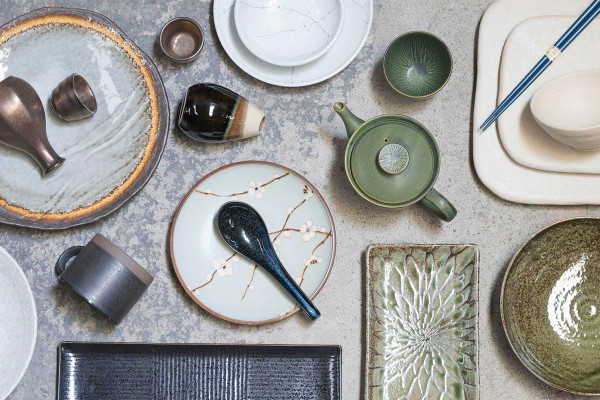
During firing, the kiln is heated slowly to the appropriate temperature and then just as slowly cooled again. The aim of this process is to heat the objects to the point where the clay and glazes properly marry together. Only after the kiln has been properly cooled can it be opened. The cart is then unloaded to reveal the finished masterpieces. Each piece, no matter how similar, is unique as it has been skilfully and lovingly created by hand.
Shop Orient's incredible ceramics in-store now at 29B College Street, Wellington or shop online at www.orient-nz.com for nationwide delivery.
Facebook - @orienthomewares
Instagram - @orient.decor
BE IN TO WIN A JAPANESE SUSHI SET
We have two incredible ceramic sushi sets to giveaway from Orient. For your chance to WIN, enter your your details below and follow @orient.decor on Instagram.
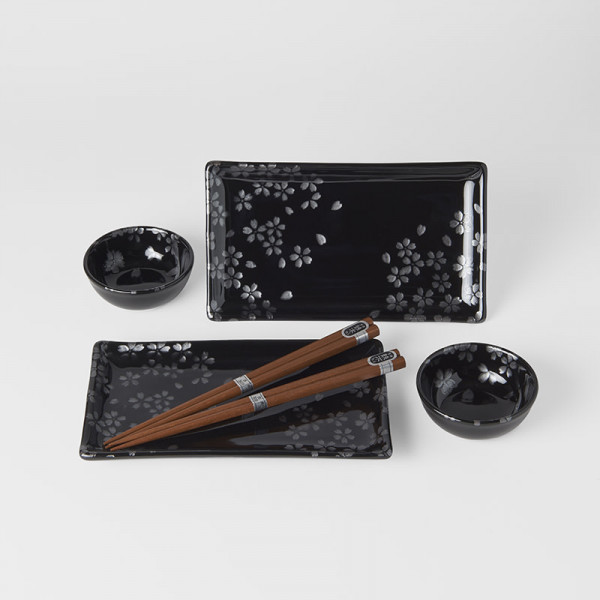
latest issue:
Issue #120
As the days become shorter, and the nights cooler, the latest issue is perfectly timed to deliver delicious autumn dishes. From recipes using fresh seasonal produce such as feijoas and apples, to spectacular soothing soups and super-quick after-work meals in our Food Fast section, we’ve got you covered. With Easter on the horizon, we feature recipes that will see you through breakfast, lunch and dinner over a leisurely weekend holiday, and whip up chocolatey baking treats sure to please. We round up delicious dinners for two and showcase a hot new Korean cookbook before heading south to Dunedin to check out all that’s new in food and dining.The latest issue of dish is on sale NOW at all good bookstores and supermarkets – don’t miss it!

